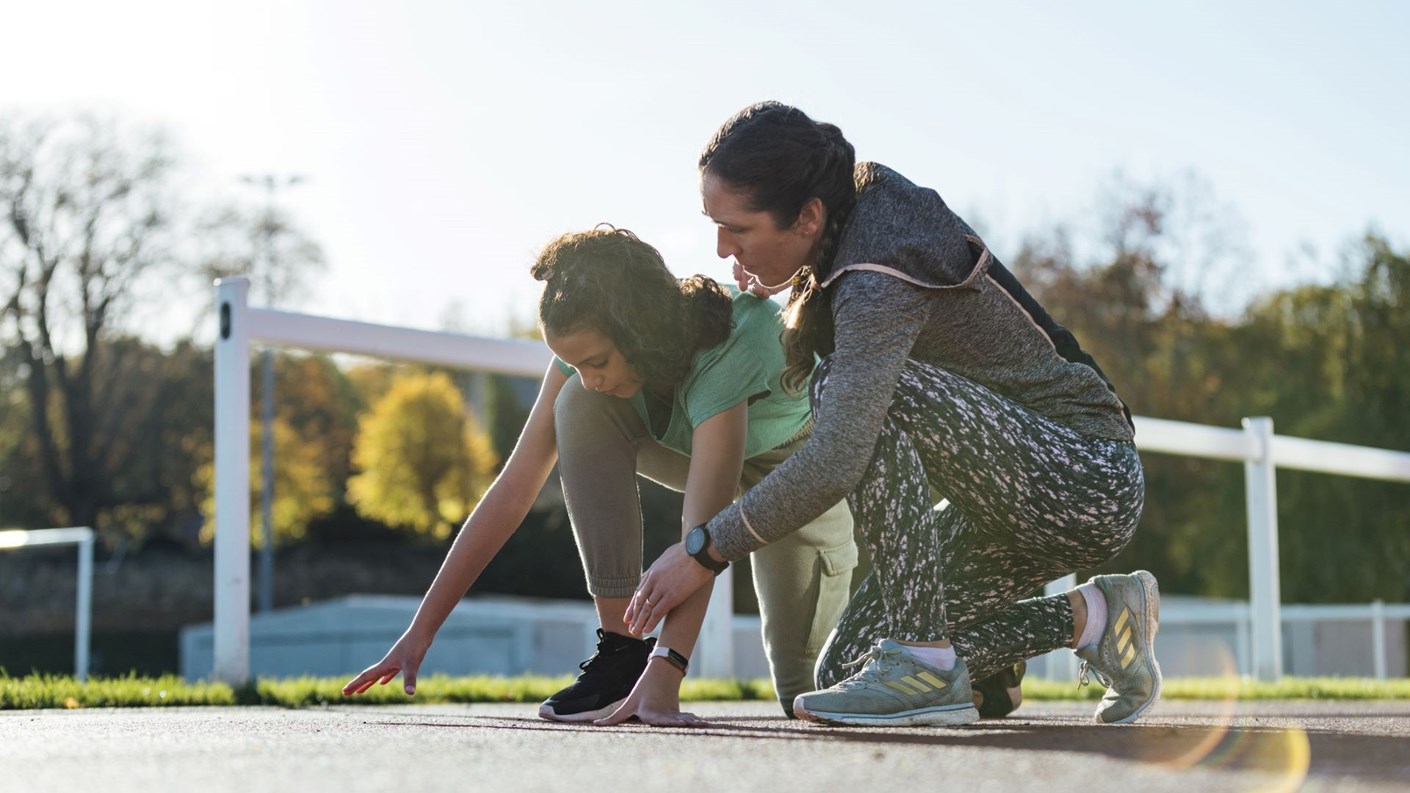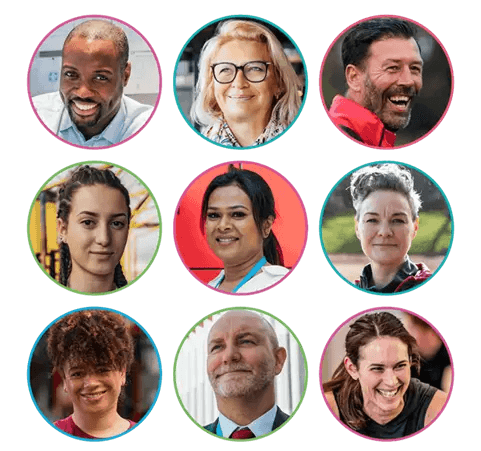How we can support women in the workforce
In a traditionally male-dominated sector, we must ensure that women have equal opportunities to pursue careers in sport and physical activity
Recently, we talked about how women are struggling to participate in sport and physical activity as much as they need in order to live healthy lives. An important part of combatting this challenge is having relatable role models within the sector workforce to support women in having a positive experience when exercising. The only problem is, there is still a persistent lack of women working in the sport and physical activity sector.
CIMSPA workforce insight reports have consistently shown that women are less likely to work in sport and physical activity than men, with data from 2023 showing that across all sector professions, 44% of workers are female. More recent data from UK Coaching shows an even starker disparity, with the proportion of female coaches at 38% in 2024. As the global population is 51% female, this shows that we still have a way to go to ensure that women have equal access to career opportunities in the sport and physical activity sector.
The data is perhaps a little confusing considering the modern world of work – while the sector currently has a male majority, the benefits of working in sport and physical activity are those often sought out by many career-driven professionals of all genders:
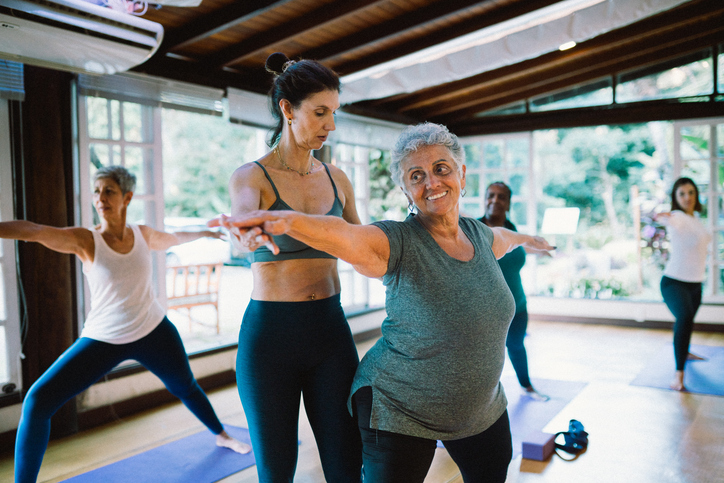
- The sector is growing – rapidly. With the general population realising the widespread benefits of exercise and participating more and more, the UK needs increasing numbers of professionals to support them. Employers are looking to expand their teams and the opportunities for self-employment in the sector are also diverse.
- As the sport and physical activity sector expands, so too are the pathways for professional development and career growth within it. With the formalisation and professionalisation of occupations in sport and physical activity through the sector’s employer-led professional standards, there are now clear steps for moving upwards from entry roles. The adoption of preventive treatment in healthcare also presents opportunities for sport and physical activity professionals to specialise, for example in working with inactive people or those with long-term health conditions. These options offer a fulfilling role with a long future of clients to support.
- Particularly since the advent of remote working for the office-bound and increased freedoms around flexible hours, it has become more important than ever for people to find work that suits their lifestyle. Many sport and physical activity roles offer the ability to find a schedule that fits around a professional’s other commitments, with childcare being a prime motivation for many to seek out work where they can set their own hours.
In spite of all of these draws to the sector, the proportion of women taking them up remains stubbornly unequal. This is likely at least in part due to a lack of women participating in exercise, according to recent research.
However, as well as improving participation, we also need to directly focus on showing women that a career in sport and physical activity is a viable career and way to pursue their passion.
Our strategy, Releasing the Power of our Profession, focuses on providing support in this area through a number of interventions in different environments ranging from raising awareness of career options among young people to ensuring that progression opportunities are available for those who might be experienced and feel stuck. Let’s look at how CIMSPA is tackling the challenges of gender inequality in the workforce.
Start young
Many children are excited about PE at school and love the idea of doing it every day as their job, however this enthusiasm typically drops off when they get to the stage of selecting a career to pursue. With worried parents and teachers guiding them towards more traditional roles seen as stable and sustainable, young people are shying away from opportunities in the sector. This is particularly true for girls, for whom participation in and enjoyment of sport and physical activity drops off as they grow. There is a particularly stark reduction in participation among girls at the age when they are making key education and career decisions, which may contribute to a lower number of them pursuing education and careers in sport and physical activity.
This is why CIMSPA is offering sector-specific careers guidance resources for schools to educate young people on the opportunities available. Sparking inspiration by exploring the roles they could work in in the sector is a key way of supporting children as they choose their career. Stereotypical visions of PE teachers might feel limiting to some, so offering girls alternative ways to pursue their interests will encourage them to stick with sport as a full-time role.
We also partner with further education colleges, apprenticeship providers and universities to ensure that there are high-quality learning opportunities available to suit every method and level of education, offering a clear and secure first step towards all careers in the sector through training reviewed and endorsed by us. By ensuring that sport and physical activity courses are aligned with the sector’s employer-led professional standards, we are supporting girls (and boys) to gain qualifications that employers are looking for, helping them to gain the skills they will need in their working life and succeed in gaining meaningful employment.
Learn about CIMSPA education and training
Open pathways
Speaking of gaining employment, it’s essential that women feel able to gain both a first job and further steps in their career in the sector. This is an issue in many sectors – an overwhelming array of training is offered a whole host of providers. Because of the number of options people are completing training that does not match employer needs and struggling to find a job in a field they are passionate about – and supposedly qualified in – as a consequence.
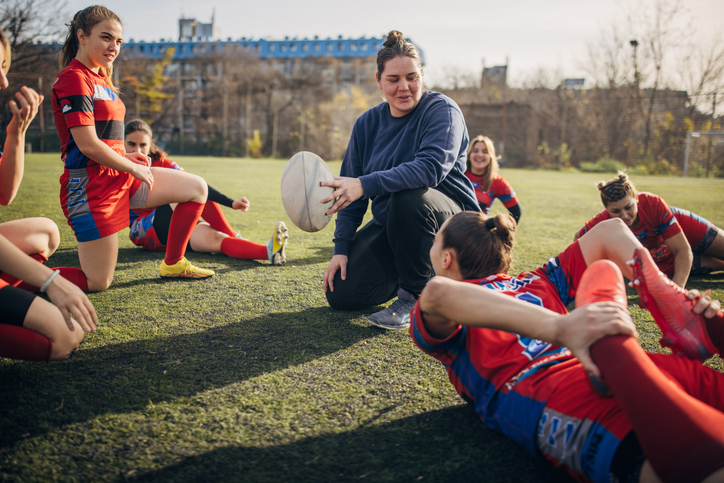
Not only is there wasted investment in education, but the difficulty in finding appropriate training is also discouraging women from persisting in the sector and finding sustainable and fulfilling work. This is particularly frustrating considering the number of opportunities specifically available for women – with increasing numbers of female only exercise classes and gyms becoming available to encourage more women to participate, employers are actively seeking female professionals to deliver the services and create a supportive environment – but only if they are qualified to do so.
It’s needs like this that we have uncovered through our local skills work. Our skills hub managers, based across the UK, are starting conversations with employers to explore the skills and roles that are in demand in each region. The local businesses seeking staff are then connected with education providers nearby. It’s a win-win – education providers know what courses to offer that will come with good career prospects, and employers gain a pipeline of skilled professionals to employ.
Our local skills accountability boards are busy establishing collaborative relationships like this in numerous localities across the country. Among the boards, diversifying the sector workforce forms one of the top priorities. Many regions are looking to use the pipelines they set up to enable and inspire women to follow a pathway into sport and physical activity, creating a diverse, inclusive and representative workforce.
Support development
On a similar note, it can sometimes be the quality of learning that prevents people from gaining employment in the sport and physical activity sector. Thanks to online learning, it’s become easier than ever to train in a new career – or has it? Cheap and cheerful learning opportunities are now plentiful, with a quick search for personal trainer courses rendering thousands of options. Even if you are attempting to gain skills that local employers are looking for, the amount of choice means that often the high-quality options are buried underneath courses that offer little real knowledge gain at all.
For anyone, but particularly the women who are persevering in a male-dominated sector, this can be disheartening. How on earth are they meant to build the competencies they need to gain a job or, if they already have a job, progress their career?
This is why our quality assessment of training and directory of endorsed opportunities are essential. For an education product to be officially endorsed by CIMSPA, it must be aligned with the sector’s employer-led professional standards. Decided by employers and experts, each standard is a framework of the knowledge and skills required to work in a given role or environment, or with a specific population group. Because endorsed training is designed to equip learners with the competencies specifically required by real employers, this means that professionals can rely on it to be a valuable investment and progress their career.
Endorsed training is also only delivered by CIMSPA Education Partners. To become one, further education colleges, universities and training providers undergo rigorous assessment to ensure that they are providing the highest standard of learner journey and education.
Providing a safe place to find ways of progressing their careers is essential in supporting women in our sector workforce. When they feel confident and are able to explore an inspiring range of learning opportunities in the knowledge that each will advance their personal development and help them to gain work, women are more likely to join and remain in the sport and physical activity sector.
Read more about quality assurance
Discover the endorsed training directory
Recognise achievements
The simplest way to support women with gaining and maintaining a career in sport and physical activity is to recognise their professional achievements. Historically, incredible work done by women has been erased and left unacknowledged – often attributed to men. While this may seem like a thing of the past, it’s important that we lift up women who are achieving great things in the sector.
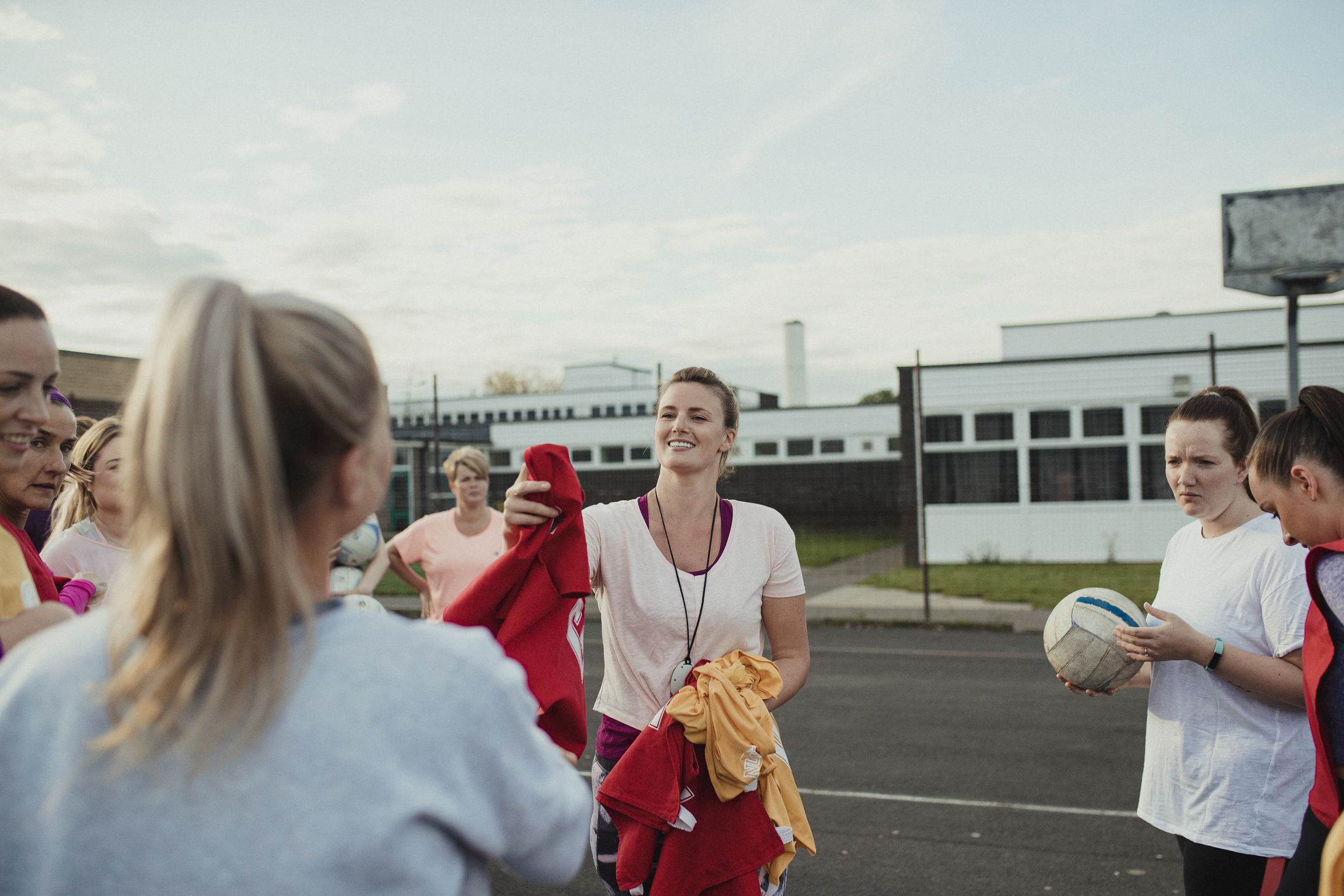
Sport and physical activity professionals are much more than their job title – a personal trainer likely manages finances, marketing and client relationships as well as how to support people with injuries or specific health conditions, plan workout sessions and create training programmes.
Alongside all these impressive competencies on a personal level, those working in sport and physical activity are also contributing to the health and wellbeing of others, which relieves pressure on the NHS, boosts productivity and increases economic growth.
Clearly, this is something that should be celebrated!
This is why our strategy, Releasing the Power of our Profession, revolves around providing the sport and physical activity sector workforce with professional recognition. We know how important it is that individuals have their impact and commitment acknowledged, particularly as validation and support are key factors in retaining people in their roles and in sector careers as a whole.
Through our six system interventions, we are addressing all aspects of the sector to improve opportunities within it and the way that other sectors and the general public perceive sport and physical activity professionals. This requires collaborating with a wide range of stakeholders across education, businesses, local and national government, the healthcare sector and most importantly individuals working within our sector. At CIMSPA, we are connecting the dots between these groups by engaging on both a local and a national level to ensure that the sport and physical activity sector works for all its members as well as the UK as a whole.
In doing so, we are developing a sector that women want to work in, feel supported in and are proud to work in.
